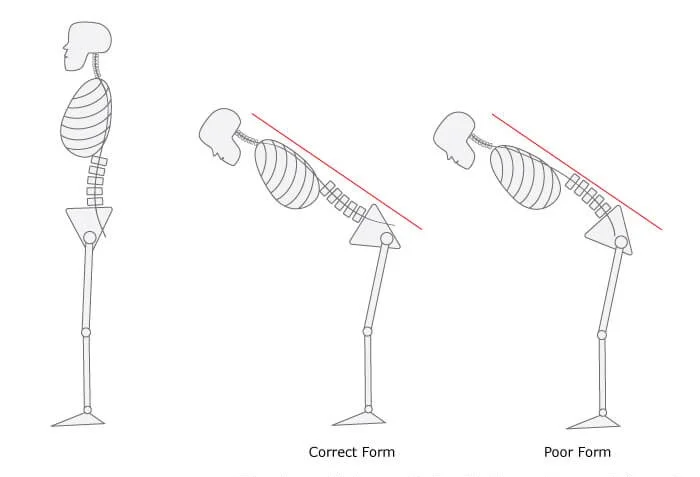In elite and professional sports there is obvious incentive to ensure athletes make a prompt and successful return to action following injury. There is a clear impetus to push the envelope in an attempt to accelerate the recovery process and minimise the time spent on the sidelines. The impressive recovery times reported with common injuries in professional sports are testimony to the success of the progressive and innovative approaches presently employed. In a ‘high performance’ setting athletes benefit from having a staff of professionals at their disposal on a daily basis to support the endeavour. Given such dedicated support it is perhaps unsurprising that athletes at the top level also show a far higher likelihood of making a successful return to their preinjury level following severe injuries such as ACL rupture, compared to what is reported with performers at lower levels of competition. The stakes involved might differ below the elite level but there are nevertheless lessons to be learned from their approach to performance rehabilitation and return to competition. In this latest offering we explore the advances in how we deal with sports injuries and consider what lessons we might adopt to improve outcomes for performers at all levels.
Informed Shorts: Is 'Hip Hinge' Really a Fundamental Movement?
The Why, What, and How of Coaching Movement: Part 3
The current post is the culmination of a three-part series on coaching athletic movement. In the opening part of the series, we delved into the ‘why’, and sought to elucidate what roles we have to play in this space. With part two we got into the ‘what’, and proposed that the lenses of mechanical effectiveness and efficiency might unite our aims in both performance and injury realms. With this final instalment, we get into the ‘how’, and provide some practical guidance on how we might deliver what we outlined in part two, and ultimately fulfill the roles we identified in part one.
A Practical Take on Long-Term Athlete Development
'Long-term athlete development' has perhaps never been more topical, with an ever-growing number of programmes worldwide providing training for children and adolescent athletes. Mostly there is agreement on the need for structured 'athlete development' programmes for kids who engage in youth sports. We have consensus that appropriate physical and athletic development is beneficial for kids' health, performance and long-term outcomes. Still, confusion remains among parents, young athletes and practitioners, as authorities in the field continue to hotly debate the details. Here we will attempt to cut through these debates and provide much needed clarity and context to resolve some of the confusion. As we generally agree on the 'why', we will attempt to move things forward by finding shared ground and common principles to guide the 'what' and 'how' in relation to long-term athlete development.
What do we mean by 'Athletic'? The 10 Pillars of Athleticism
Practitioners working in the realms of physical preparation, 'strength and conditioning', athletic development, sports coaching and sports medicine all share the desire that their athletes become more 'athletic'. Feats of athleticism can be readily recognised and appreciated. Yet observers and practitioners alike would struggle to describe with any clarity or detail what exactly constitutes 'athleticism'. Clearly we must first define qualities such as athleticism in order to understand how we might go about developing them. From a talent identification and talent development viewpoint, what do we need to identify and develop in a young athlete? In this post we aim to elucidate what athleticism is, and explore the constituent parts that underpin athleticism.









